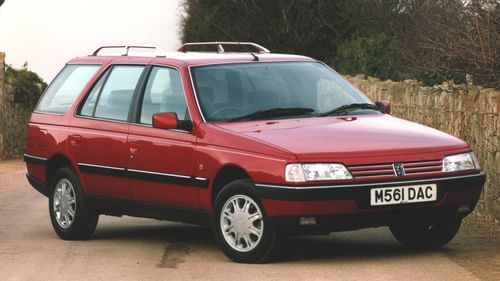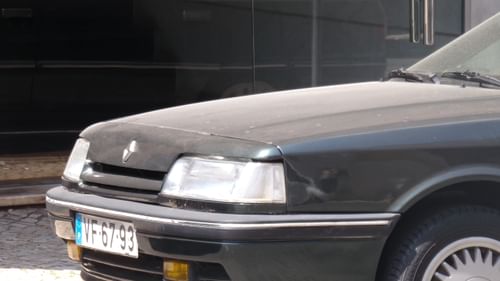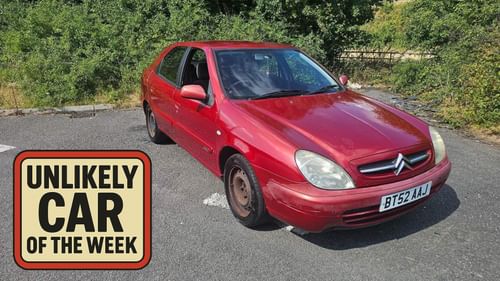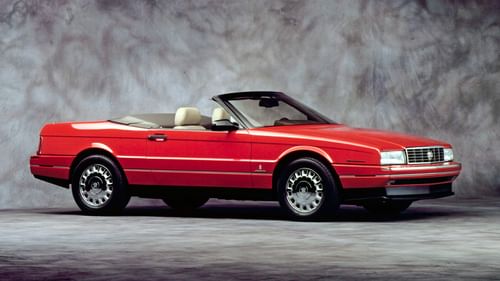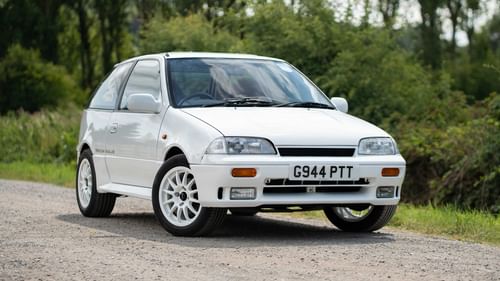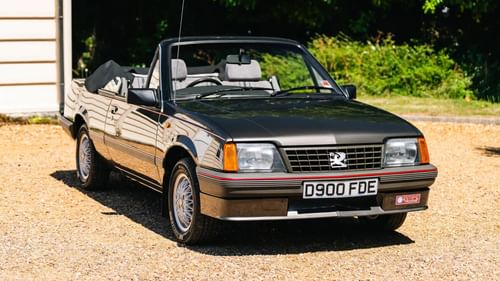Whatever happened to the Citroën GS?
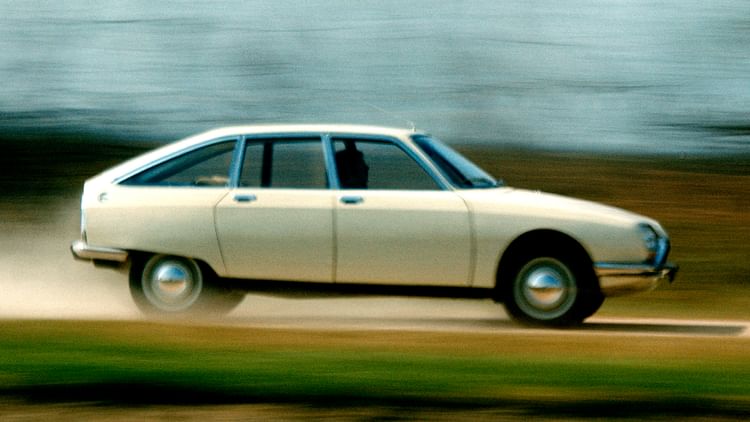
I always knew when my Dad was home from work. Not by the opening of the back door or the time on my Casio watch, but by the unmistakable sound of a flat-four engine pulling into my road. In a 1991 CAR magazine article lamenting the lack of progress in the car industry, Paul Horrell likened the noise of a GS engine to a pair of 2CVs or two-thirds of a 911. I can’t think of a better description. The sound whisks me back to my parents’ kitchen like the smell of freshly baked scones or Terry Wogan’s voice on the radio.
I’m not sure I fully appreciated it at the time (the GS, rather than Wogan’s voice). I was just five when my parents bought LDY 935P, a 1976 Citroën GS Pallas, in 1980. It carried me through my early school years, at a time when most of my friends’ dads drove a Ford Cortina. It’s become a cliché, but the Cortina really did occupy most of the spaces outside school or in Sainsbury’s car park. Mr Merryweather’s Roman Bronze Mk4 Cortina Ghia was one of my earliest objects of desire, much to my father’s bemusement and possible annoyance. Why can’t we be like everybody else, I thought, in my youthful naivety. Fitting in is a big deal when your age is counted in single figures; the Citroën GS looked and sounded like an outsider. Look, I was young and didn’t know any better.
First seen in France in October 1970, just six months after the launch of the SM, the Citroën GS arrived in the UK a year later. It filled a gap in the Citroën range, sandwiched between the 2CV and its derivates on the one hand and the D series and SM on the other. British motorists had failed to embrace the Ami 6, and although the more conventional Ami 8 enjoyed some success, Citroën required a more affordable alternative to the ID and DS. The result was a car that must have seemed otherworldly in an era of four-door saloons and the emergence of estate-like cars like the Renault 16 and Austin Maxi. I’m not here to criticise the Morris Marina, but while the Citroën GS demonstrates clever thinking, British Leyland leaves you wondering what were they thinking. One could argue that winning the 1971 Car of the Year award was a formality, but that would be to forget that the GS was up against the Citroën SM, Volkswagen K70 and Range Rover. Citroën delivered a technical tour de force for the common man and one of the greatest cars of the 20th century. The judges were united in praise for the GS. ‘The only truly remarkable, innovative, popular priced car of 1970,’ said one. ‘Once again Citroën have [sic] taken a technical stride ahead,’ said another. ‘The most refined package of small passenger car criteria yet to appear,’ is perhaps the most telling comment. All of which begs the question: why is the Citroën GS largely forgotten beyond the realms of the enthusiast?
A disappearing act to prompt serious questions at the Magic Circle didn’t help. Around 106,000 GS and GSA cars were sold in the UK, but the number of survivors had dropped to fewer than 2000 by 1996. Today, the survival rate is in double figures, although the number listed as SORN provides some hope that others could be restored to former glory. The GS has many qualities, but an ability to withstand the ravages of a British winter isn’t one of them. The other problem is that engineering and technical innovation aren’t sexy. Superb aerodynamics, hydropneumatic suspension, disc brakes, an air-cooled engine and steel monocoque construction may excite the Citroën purist, but a Ford Cortina holds more universal appeal. A vinyl roof and wood veneer over outstanding handling and supreme braking performance. LJK Setright nailed it when he said: ‘I fancy that the unseen subtleties of the GS specification will in time save a great many travellers from perils that they will not be aware of having negotiated, perils from which few if any other cars could preserve them. Safety engineering and systems engineering of high probity and low price, together with a reaffirmation of the value of aerodynamic study, are what distinguish the Citroën GS.’
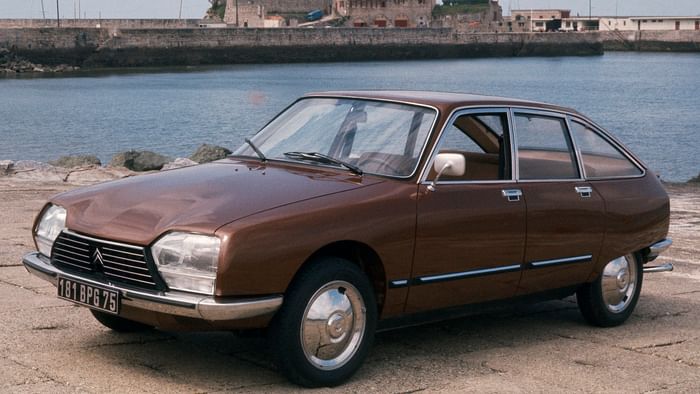
He was right about the price. The GS launched at £1159 including taxes – approximately half the cost of a Citroën DS 23. That’s around £14,400 in today’s money – about the same price as an entry-level Dacia Sandero. That’s for a car just six inches shorter than a Cortina, but with enough space for five adults and their luggage. An unremarkable claim until you consider the car’s 0.31 drag coefficient, sloping roofline and Kamm tail design. Robert Opron denied that the Pininfarina BMC 1800 Berlina Aerodinamica played any part in the design of the GS, but the timing of the projects and the obvious similarities are difficult to ignore. The soon-to-be British Leyland’s loss was the automotive world’s gain, with the Aerodinamica influencing the design of a wide range of cars including the Alfasud, Lancia Beta and Gamma, Citroën CX and Volkswagen Passat, although BL did manage to squeeze the Rover SD1 out of the relationship with Pininfarina.
Accusations of copycat styling aside, there’s a genuine sense of non-conformity about the GS. The driver must conform to Citroën’s way of thinking, not the other way around. It could be considered aloof and a touch arrogant, but it’s what we expect from Citroën. It’s also why the GS should be regarded as one of Citroën’s truly great cars. Not mentioned in passing, but held aloft alongside the DS, 2CV and Traction Avant. It featured Citroën’s innovative hydropneumatic suspension, first seen on later versions of the Traction Avant, but most widely associated with the DS of 1955. The GS employed an improved version, first trialled on the fuel-injected version of the DS 21. For all its brilliance, the suspension could, to borrow some words from Setright, ‘leave all the occupants of the car absolutely bone-jarred and paralysed if the car landed heavily after taking a humpback at speed or went into a deep pothole’. There were no such skeletons in the cupboard of the GS; no other car of this price point offered the same blend of ride and handling. Yes, the GS would roll through corners like a… well, French car, but the tremendous grip and precise steering gave the man at the wheel the confidence to press on. I say ‘man’, because Raymond Ravenel, the then boss of Citroën, said the GS was aimed at 25 to 40-year-old men. My mum seemed to cope quite well with driving the car, but let’s not head down that avenue…
The hydraulics also powered the all-round disc brakes, still a novelty in 1970, to provide stopping power unrivalled beyond the realms of Citroën and the Rolls-Royce Silver Shadow. In a nod to conformity, the GS utilised a conventional brake pedal, rather than the rubber ‘mushroom’ on the floor of the DS. The ‘cyclops eye’ speedometer was anything but conventional, although we only saw the less eccentric six-dial dashboard in the UK. A 1015cc air-cooled, flat-four engine was chosen, partly to satisfy French tax brackets, but also to deliver long-term durability. Much was made of the fact that it could last 100,000 miles before requiring a major overhaul, although Citroën made less noise about the 3000-mile service intervals. This may have been another factor in the car’s dramatic spiral into the abyss.
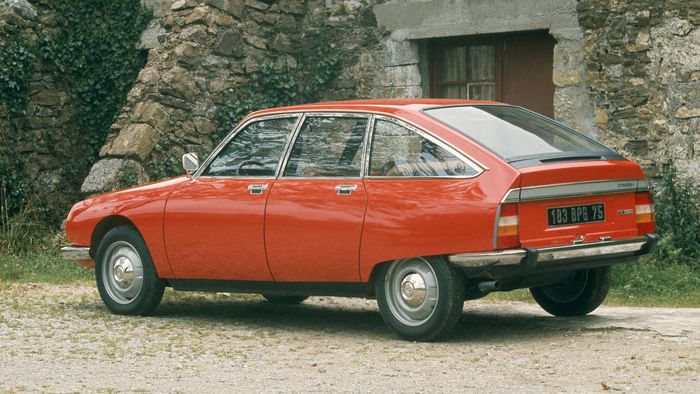
An estate version was offered from the outset, which added van-like practicality to go with the saloon’s incredibly low loading lip. A flagship Pallas trim, sporting variants designed to appeal to a younger audience, a C-Matic three-speed semi-automatic transmission and more powerful engines were the headlines of the car’s development in the 1970s. There was even a rotary-powered GS Birotor, although the timing of its launch couldn’t have been worse; it has to go down as a blip on an otherwise upward trajectory for the GS. Citroën rejected a Heuliez proposal for a hatchback variant in 1975, but the company went on to build one of its own, with the GSA arriving at the end of 1979. Designed to breathe new life into the GS ahead of the launch of the BX. ‘Given a long enough run, it will go on gathering customers forever,’ Setright said in 1981. Unfortunately, all good things must come to an end, and the GS/GSA story reached its final chapter in 1986. More than 2.5 million units had been sold, making the G-series one of the most successful technically innovative cars ever made. This makes its rarity seem all the more galling.
I’ll never forget my parents’ Citroën GS Pallas. Its black vinyl roof, large dish-like wheel trims, blue Jersey cloth upholstery and dash-mounted handbrake. The radio positioned between the front seats. The way the rear suspension raised like an excitable puppy at the beginning of a journey, only to fall with a melancholic sigh at the end. Little things that stick in my mind and helped to shape my love of Citroën and other French cars. I never got to thank my dad for buying a GS and not a Cortina, but I couldn’t have wished for a more comfortable childhood.
This article first appeared in issue 1 of Classic.Retro.Modern. magazine.
